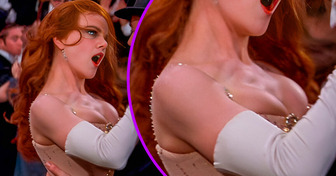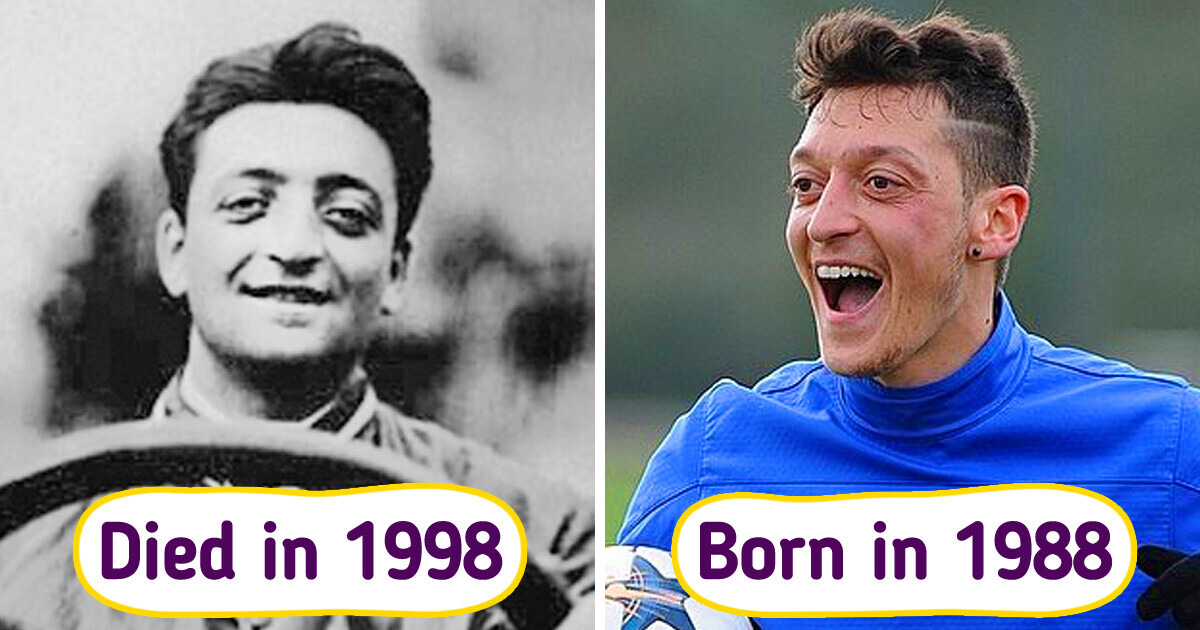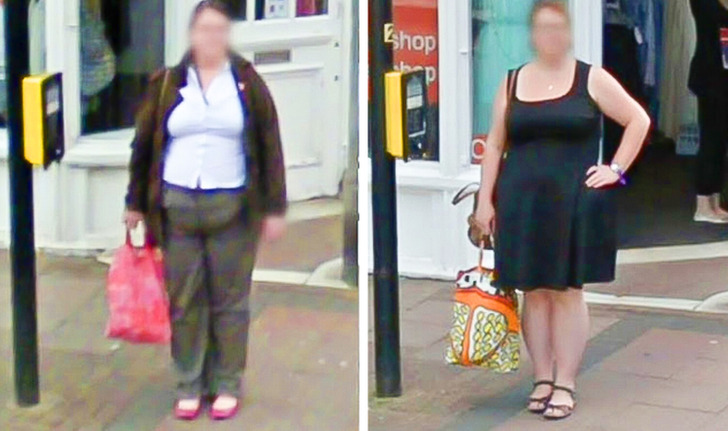17 Movie Bloopers That Escaped the Watchful Eyes of Cinephiles


There are events that are so unusual that it’s tough to believe them, even when faced with evidence. We tend to think of these occurrences as more fitting for fantasy or sci-fi films. In this instance, we’ve gathered a set of intriguing “coincidences” from recent history that can surprise anyone.
The mural at the Springfield Main Post Office, created in 1937, shows the settlers arriving in Springfield in the 1620s. Yet, there’s an interesting detail that stands out. Amidst the commotion in the scene, a Native American trading with William Pynchon seems to be gazing at a contemporary object that looks remarkably like a smartphone. The mural’s artist passed away in 1982, long before the iPhone was invented.
One of Jules Verne’s well-known works, From the Earth to the Moon, published in 1865, features a cannon named “Columbiad” launching a crewed projectile toward Selene. Interestingly, 104 years later, the spacecraft module that successfully completed the Apollo XI mission to the Moon was named “Columbia.”
The suggestion to name the module Columbia came from Julian Scheer, a NASA public affairs assistant, during a casual telephone conversation with Michael Collins. Scheer mentioned the name, and although Collins initially found it a bit extravagant, he chose it as he couldn’t come up with a better alternative. Buzz Aldrin and Neil Armstrong, his fellow crewmates, didn’t propose any other names. Later, Collins realized the connection between the name Columbia and Verne’s invention, the Columbiad cannon.
The renowned driver Enzo Anselmo Ferrari, founder of the Scuderia Ferrari Grand Prix racing team and later of the Ferrari brand, passed away on August 14, 1988, after dedicating his entire life to automobiles.
Surprisingly, two months later, on October 15, Mesut Özil was born in Germany. The soccer midfielder bears an extraordinary resemblance to Ferrari, almost like an identical twin. The coincidence of their physical resemblance and the proximity of their birthdates is quite striking.
The sinking of the Titanic was a momentous historical event that left humanity in shock. The idea of its sinking was deemed impossible and unthinkable, given its reputation as an unsinkable ship.
Surprisingly, several years prior, in 1898, author Morgan Robertson wrote a novel titled “Futility.” The narrative depicted the disaster of an ocean liner named “Titan,” which collided with an iceberg and sank. The similarities between the novel and the actual events of the Titanic were remarkable.
The composer Georg Friedrich Händel, a musical genius of the 17th and 18th centuries, resided at number 25 Brook Street in London’s Mayfair district. Remarkably, on the same street, at number 23, another musical genius of the 20th century, Jimi Hendrix, lived.
While Händel lived there until 1759, Hendrix occupied the space in the late 1960s. Adding to the curious connection, the sound of their surnames is notably similar. Today, the house serves as a museum.
Before achieving Hollywood stardom, Anthony Hopkins was offered a role in The Girl from Petrovka. Devoted to his craft, he sought a copy of the original novel by George Feifer to better portray his character. Surprisingly, he couldn’t find the book anywhere.
During a stroll in London, Hopkins came across an abandoned book on a park bench, and, unbelievably, it turned out to be The Girl from Petrovka. The story doesn’t end there. While filming, Hopkins had the chance to meet George Feifer. To Hopkins’ amazement, Feifer mentioned that he no longer had a copy of his own book because he had lent it to a friend who lost it in London. Hopkins then pulled out his copy, and, indeed, it was the same one.
John Lennon and Paul McCartney’s fateful meeting at St. Peter’s Church in Woolton in 1957 marked the beginning of a friendship that would reshape the history of music, leading to the formation of The Beatles. Interestingly, just a few meters away from this significant meeting spot was the grave of a woman named Eleanor Rigby.
It took nine years for Paul McCartney to pen the song “Eleanor Rigby.” He derived the character’s name from actress Eleanor Bron and a Bristol store called Rigby & Evens Ltd. McCartney later mentioned that the nearby grave might have subconsciously influenced the choice of the name for his song, although not directly.
The concept of relative time and the existence of coincidences are intriguing, and the death of Stephen Hawking serves as an interesting example. His passing on March 14 holds special significance, as it aligns with Einstein’s 139th birthday and the celebration of Pi Day.
Some individuals seem to encounter luck in mysterious ways. Young nurse Violet Jessop started her career as a stewardess on the Olympic, which collided with another ship. Luckily, there were no casualties, and despite the damage, the ship safely returned to port without sinking.
A year later, Jessop was transferred to the Titanic, which famously struck an iceberg in 1912. Miraculously, she survived by boarding lifeboat 16 and was entrusted with caring for a baby. Fate tested her once more when she found herself on the Britannic during an unexpected explosion, yet she survived yet again. Remarkably, she lived until the age of 83, ultimately succumbing to heart disease.
Every 76 years, Halley’s comet makes its appearance, becoming visible from Earth. In the year 1835, coinciding with one of these celestial events, Mark Twain was born. Interestingly, the author made a prediction about his own death, stating, “The Almighty has said, no doubt, ’Now here are these two unaccountable freaks; they came in together, they must go out together.’” Surprisingly, his prediction turned out to be accurate, as he passed away a day after the comet reached its closest point to Earth.
The painting, titled Portrait of a Boy, was crafted in the 17th century by Dutch master Ferdinand Bol. It features an eight-year-old boy holding a goblet while casually resting his hand on his hip.
Upon closer examination, keen observers have noted a peculiar detail: the boy’s left shoe appears to bear a white Nike “tick” logo. This, however, poses a logical challenge as Nike was established in 1964, three centuries after the painting’s creation. This curious observation was first made by Fiona Foskett and her daughter, Holly, during their visit to the gallery.
Foskett humorously remarked, “I said to my daughter, ’Hold on, is he wearing a pair of Nike trainers? Looking at the age, he must have got his hands on the first pair of Nike trainers ever made. Or is he actually a time traveler?”

Google Maps is gaining popularity for its ability to predict various events on the road, and it has provided users with some remarkable images. One particularly notable instance involves Leanne Cartwright, known as the “time traveler.”
She was captured in the same location, striking the same pose and carrying a bag, in images taken 10 years apart. Interestingly, Leanne was unaware of this until her husband searched for the first image and discovered the second one. The coincidental repetition of the scene has sparked intrigue and fascination.
Hold on to your sense of reality because the journey into the extraordinary is far from over. In our upcoming article, we’ll unravel the threads of 17 more outlandish coincidences that will make you ponder the incredible synchronicities that connect us all.











